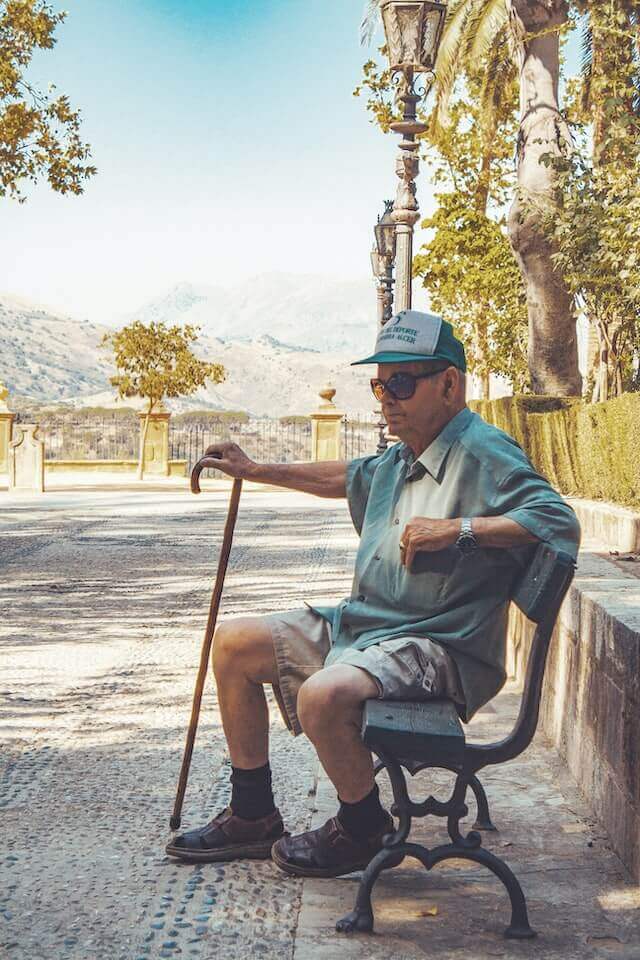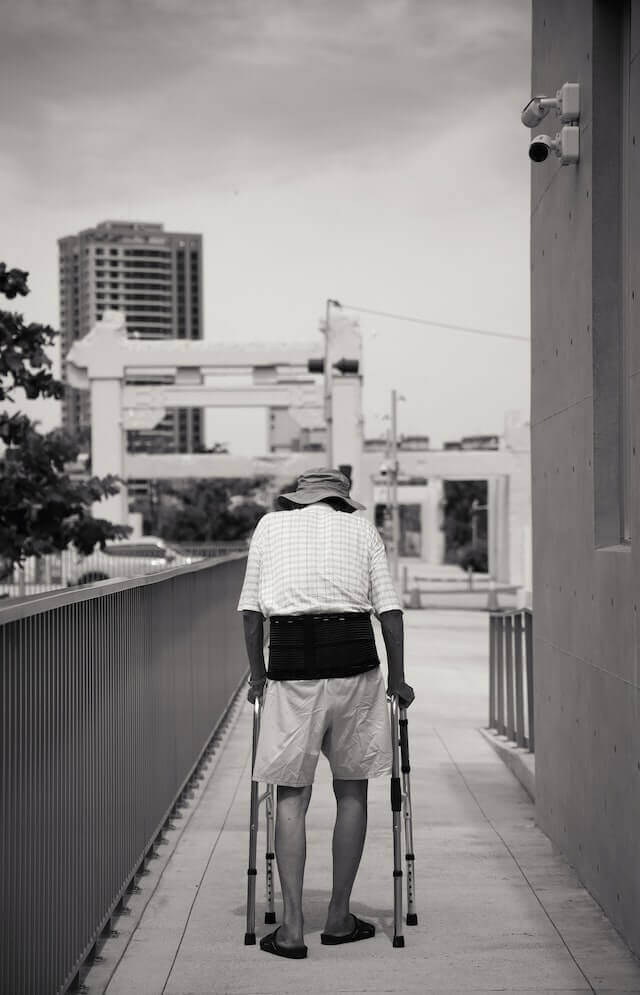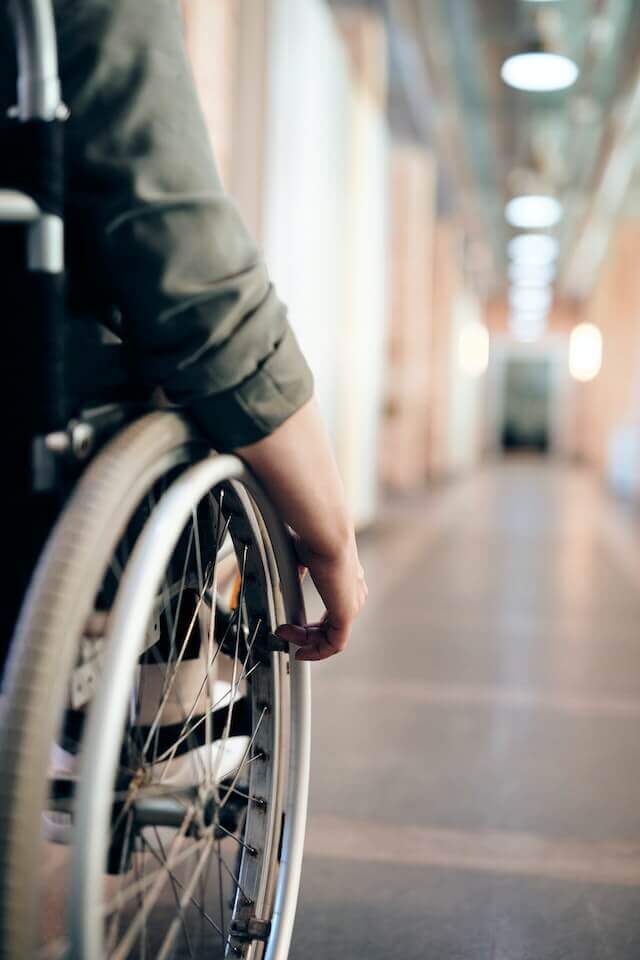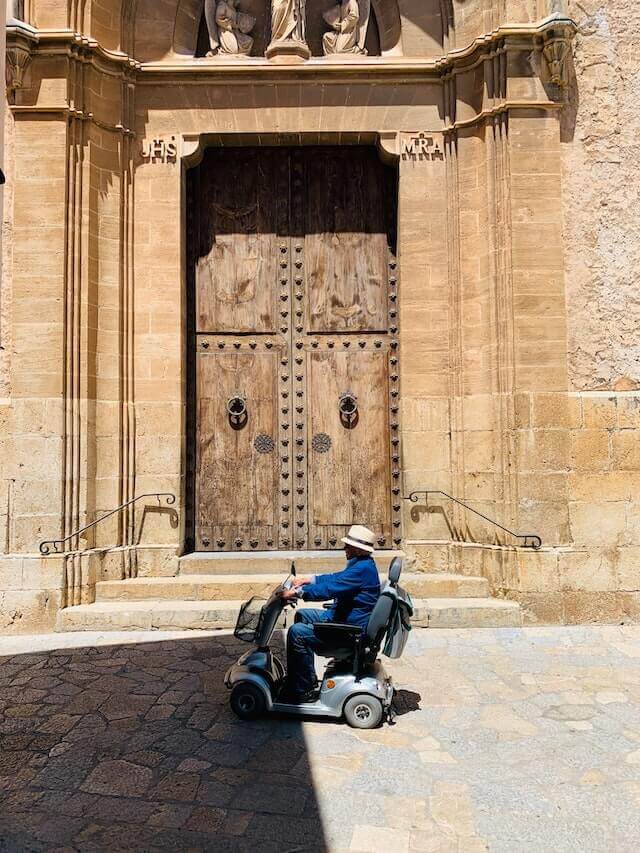Types of Walking Aids for Elderly
Walking aids (also known as mobility aids) are medical equipment that is used by a person with mobility problems. The mobility problem they are facing could be temporary or of permanent nature.
These equipment are recommended (or prescribed) by orthopedic doctors, physiotherapists, or general physicians. If you are considering using one of the devices I discuss in their post, make sure to consult the nearest physiotherapist.
Most walking aids are safe to use. But sometimes using an incorrect walking aid can lead to more problems in other parts of the body. Hence, you should avoid self-treatment.
Further in this post, I will discuss the types of walking aids for elderly.
Who needs walking aids?
Walking aids can be helpful for a person suffering from any of the following health conditions:
- Fractured leg bone
- Fractured back
- Hairline fracture in feet
- Soft tissue injury in feet
- Ankle injury
- Physical weakness due to old age
- Balance and gait problem
- Cerebral palsy
- Visual impairment
- Diabetic wounds
- Arthritis
In some cases, a person living with Dementia may also need walking aids. Dementia patients often develop balance and gain problems as the condition progresses.
A study by Susan Hunter, Ph.D. concludes that people with Dementia are 60-80 percent more likely to fall compared to other healthy older adults. Walking aids can provide much-needed physical support— preventing serious injuries from frequent falls.
Here are the five types of walking aids for elderly
1. Walking cane

A walking cane is a simple stick with a handle at one end. A cane is suitable for people with a fairly stable manner of walking. It can help support a person to walk without a limp.
A walking cane can also help someone with one leg injured. It will help them with postural stability as they try to walk with one good leg. A cane can take the pressure off of the injured leg.
A walking cane is primarily made with wood or polymer material. A polymer stick is lightweight and lasts longer than its wooden counterpart.
There are several types of walking canes available on the market. The one with the T-shaped handle is the most popular. The “crook handle” or “C-cane” comes with a traditional curved handle.
2. Forearm and elbow crutches
Crutches are sticks with an additional band that encircles either the forearm or the elbow. It provides better stability than a walking cane. Patients recovering from a bone fracture in their limbs use this type of walking aid. Seniors can go for crutches over a walking cane if they need better stability and support while walking.
3. Walkers

A standard walker has four legs and a handle coated with soft rubber for hand grip. It has no wheels and it is to be moved by lifting it forward as you walk. Elderly folks experiencing mobility problems can lean on to a walker while they stand still or walk.
Note that you need strong/functional hands to be able to benefit from a standard walker.
You can also check out wheeled walkers (known as rollators). This is the advanced version of the original walker that comes with four wheels, elbow support, a hand brake, a storage compartment, and many more features.
Walkers are great for active seniors who for some reason are unable to move freely. Seniors can safely take their walkers to the park, shopping, or other nearby destinations.
4. Wheelchair

A wheelchair is one of the best walking aids for the elderly with partial or complete immobility. Mostly it is used by people who have injured their lower limbs, and as a result, are unable to move.
A standard wheelchair (also known as a manual wheelchair) has two wheels, each enabled with a push rim. The user can push the rims with each of their hands to move the wheelchair forward or backward.
All manual wheelchairs come with a handbrake. Some also come with anti-tippers to prevent the wheelchair from falling backward.
Unlike other walking aids, a wheelchair is expensive and requires regular maintenance. To keep the wheelchair in tip-top condition, you are required to oil the wheels on a regular basis. There’s plenty more maintenance work you must do to make it last longer.
5. Mobility scooter

A mobility scooter is an electrically powered scooter meant for people with partial or complete mobility issues. You can say, it is the electric version of the standard wheelchair.
Unlike a standard wheelchair (which is self-propelled), a mobility scooter is propelled by an electric motor. An inbuilt battery powers the scooter. These days you get rechargeable batteries built into a mobility scooter.
You can say that a mobility scooter is a vehicle for the elderly or disabled people. But you don’t require a driving license to operate it. However, you might have to produce a doctor’s prescription in some scenarios.
Should I consult a doctor before buying a walking aid?
Yes, you should consult a doctor for the discomfort or pain you are feeling. The doctors will make an assessment and suggest a suitable treatment for your pain. It is important that you do not choose a mobility aid or an orthopedic device on your own. This article is only intended to make you aware of the possible solutions for your physical pain or disability.
